Optimal Timing for Concrete Installations
Choosing the optimal time for concrete installations is essential to ensure durability and quality. Weather conditions, temperature, and humidity significantly influence the curing process and final outcome. The most suitable periods typically involve moderate temperatures and low precipitation, which help prevent cracking and ensure proper setting.
Concrete sets best when temperatures are between 50°F and 85°F. Extremes outside this range can affect curing times and strength development.
Spring and early fall often provide optimal conditions with milder weather, reducing risks associated with hot or cold extremes.
Rain, snow, or high humidity can delay or compromise concrete curing, making dry, stable days preferable for installation.
Proper timing minimizes cracks and structural issues, extending the lifespan of concrete structures.
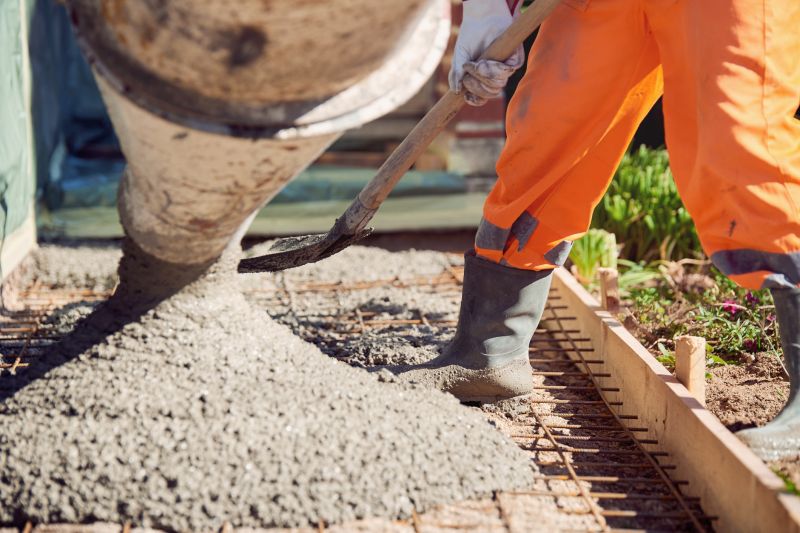
Ways to make Concrete Installations work in tight or awkward layouts.

Popular materials for Concrete Installations and why they hold up over time.
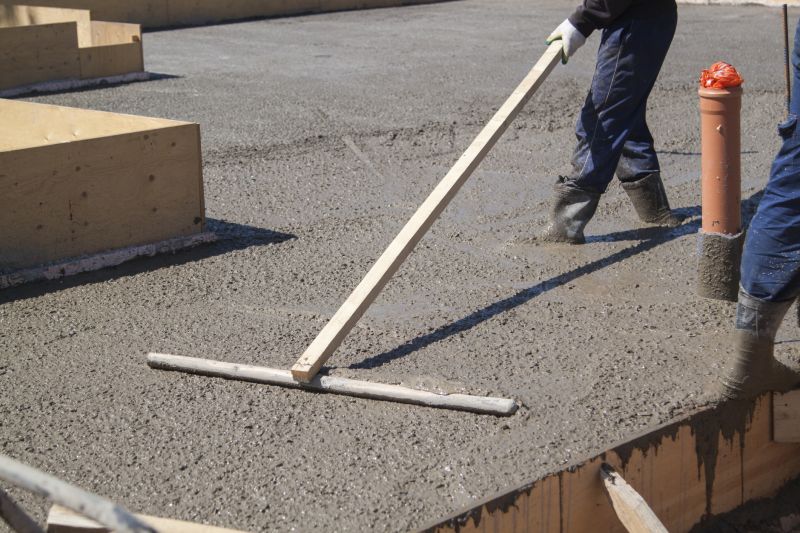
Simple add-ons that improve Concrete Installations without blowing the budget.
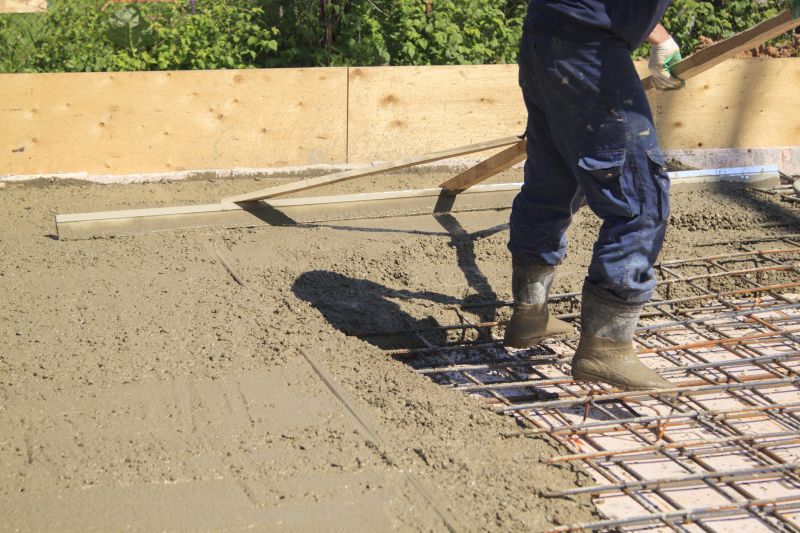
High-end options that actually feel worth it for Concrete Installations.
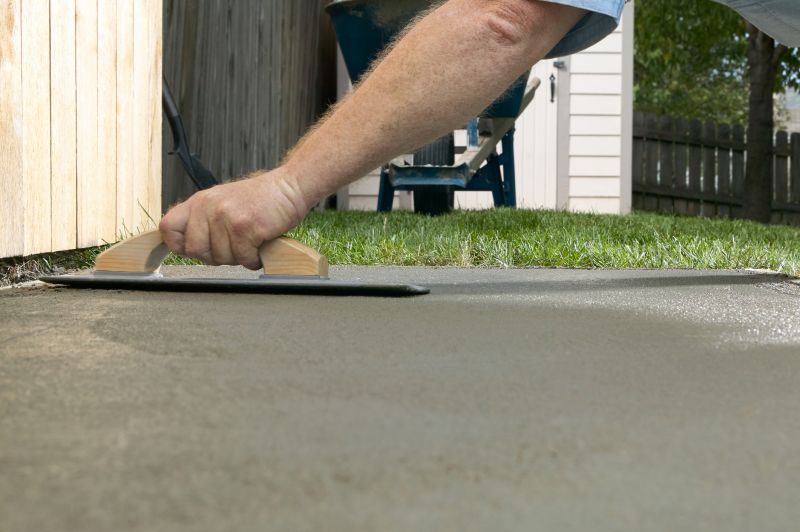
Finishes and colors that play nicely with Concrete Installations.
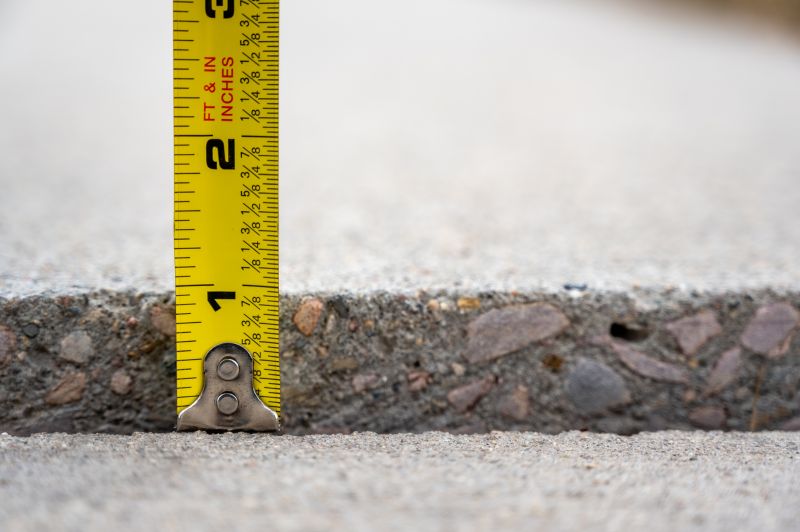
Little measurements that prevent headaches on Concrete Installations day.
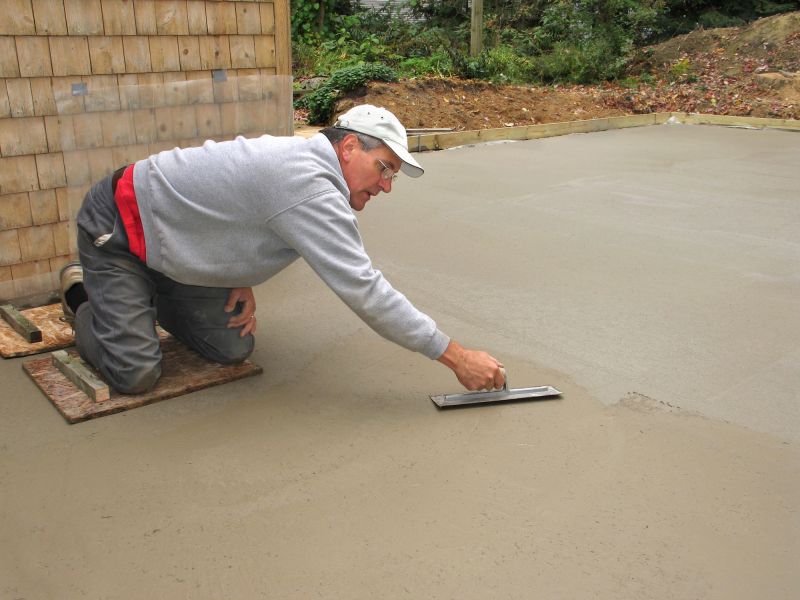
A 60-second routine that keeps Concrete Installations looking new.
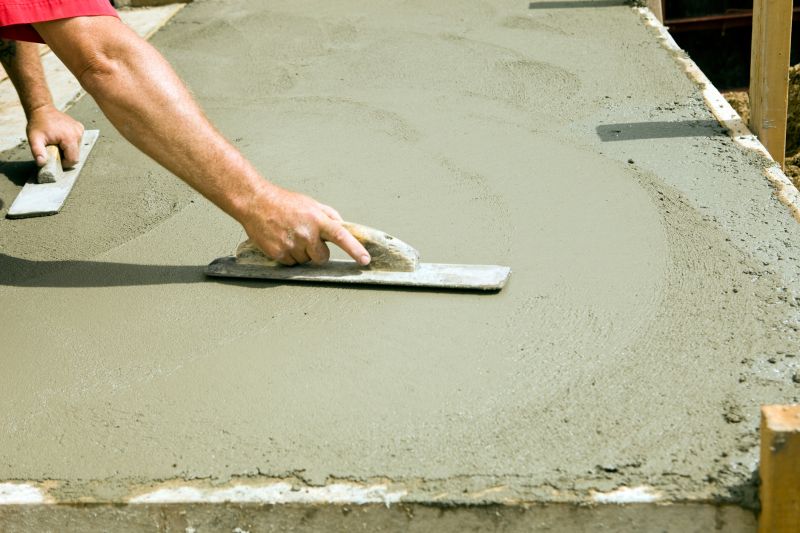
A frequent mistake in Concrete Installations and how to dodge it.

Small tweaks to make Concrete Installations safer and easier to use.
| Season | Advantages |
|---|---|
| Spring | Moderate temperatures and lower precipitation reduce cracking risk. |
| Summer | Longer daylight hours allow for extended work periods; caution needed for high heat. |
| Fall | Cooler temperatures and dry weather promote proper curing. |
| Winter | Requires additional measures like heating and covering to prevent freeze-thaw damage. |
Concrete installations are a critical component of construction projects, providing durable surfaces for driveways, walkways, patios, and structural foundations. The quality of the installation process directly impacts the longevity and performance of the finished surface. Proper timing, combined with correct mixing, placement, and curing techniques, ensures that concrete structures meet their expected strength and durability standards.
Statistics indicate that concrete, when installed under optimal conditions, can reach its full compressive strength within 28 days. Weather-related delays or improper timing can lead to increased cracking, surface imperfections, and reduced lifespan. Therefore, understanding seasonal and environmental factors is essential for successful concrete projects.
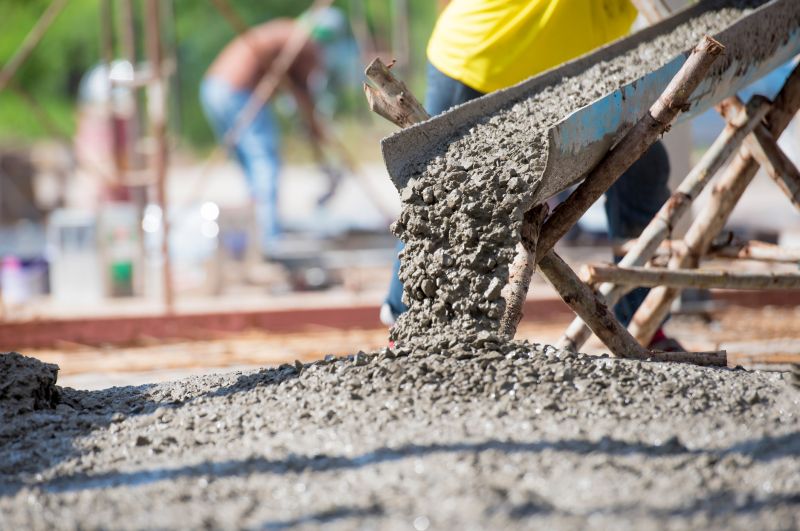
Lower-waste or water-saving choices for Concrete Installations.
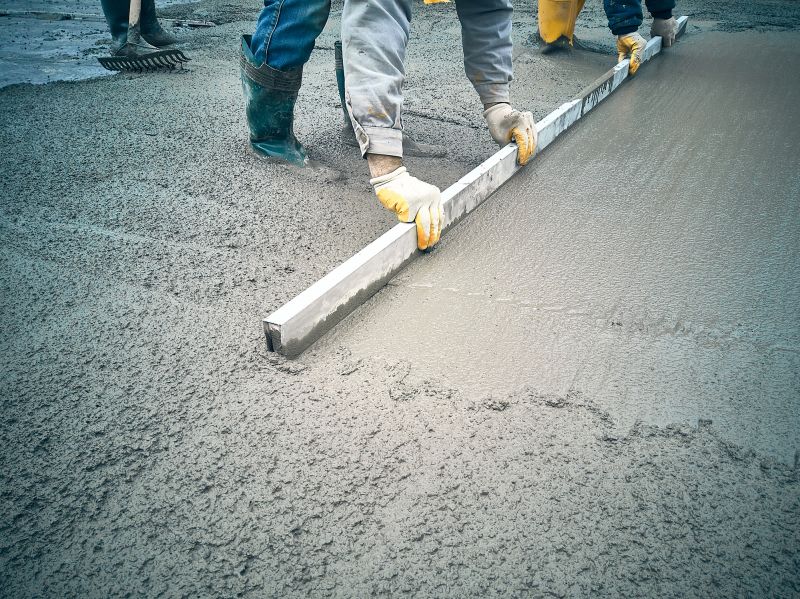
The short, realistic tool list for quality Concrete Installations.
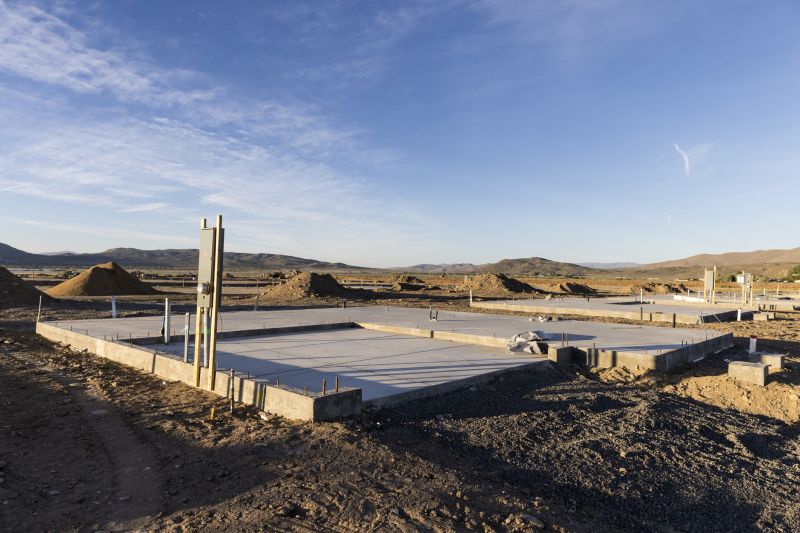
Rough timing from prep to clean-up for Concrete Installations.
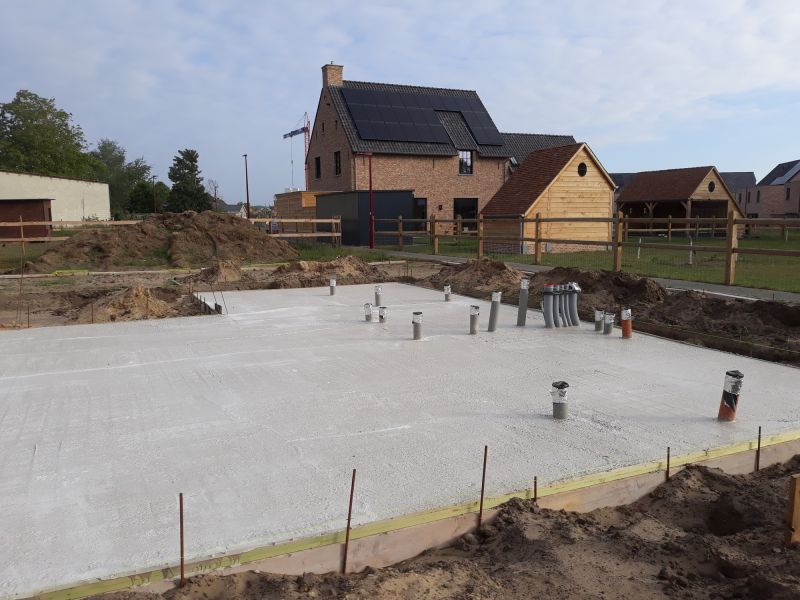
Quick checks and paperwork to keep after Concrete Installations.
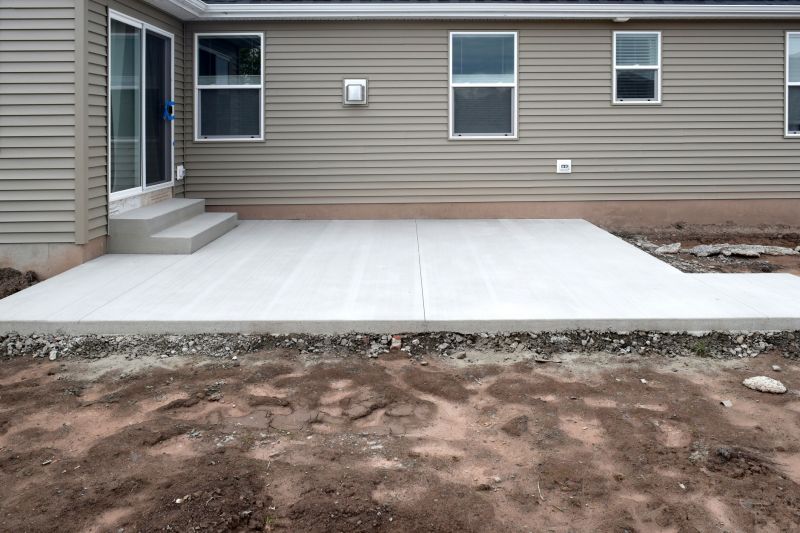
Examples that show the impact a good Concrete Installations can make.
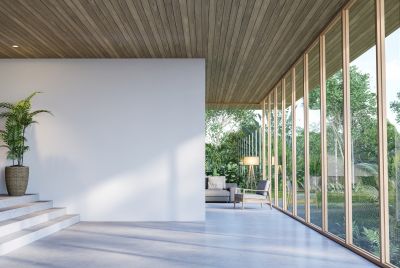
Ways to make Concrete Installations work in tight or awkward layouts.
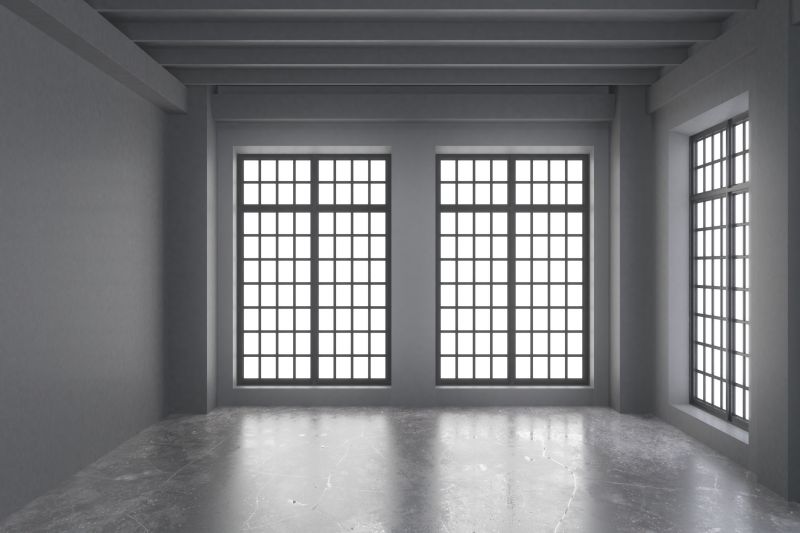
Ways to make Concrete Installations work in tight or awkward layouts.
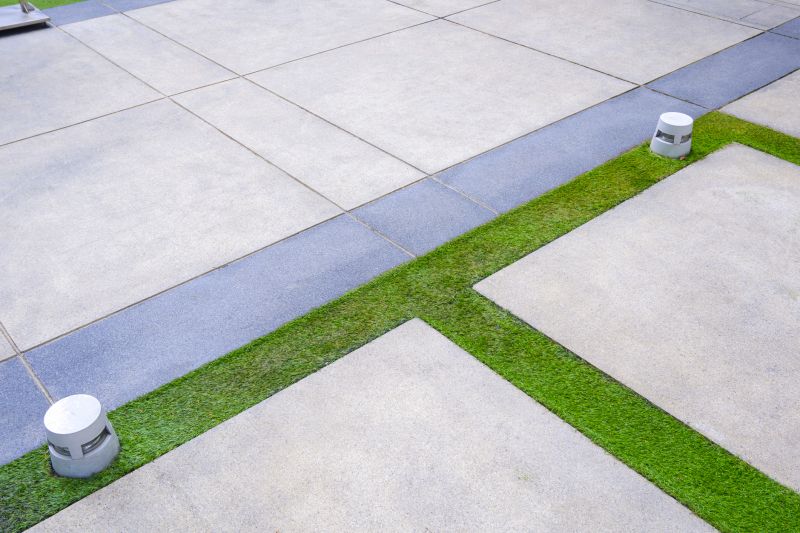
Ways to make Concrete Installations work in tight or awkward layouts.
For those considering concrete installation, selecting the right time of year can significantly influence the project's success. Proper planning around seasonal weather patterns ensures that the concrete cures correctly, achieving the desired strength and appearance. If interested in scheduling or learning more about concrete installation options, filling out the contact form is recommended.
